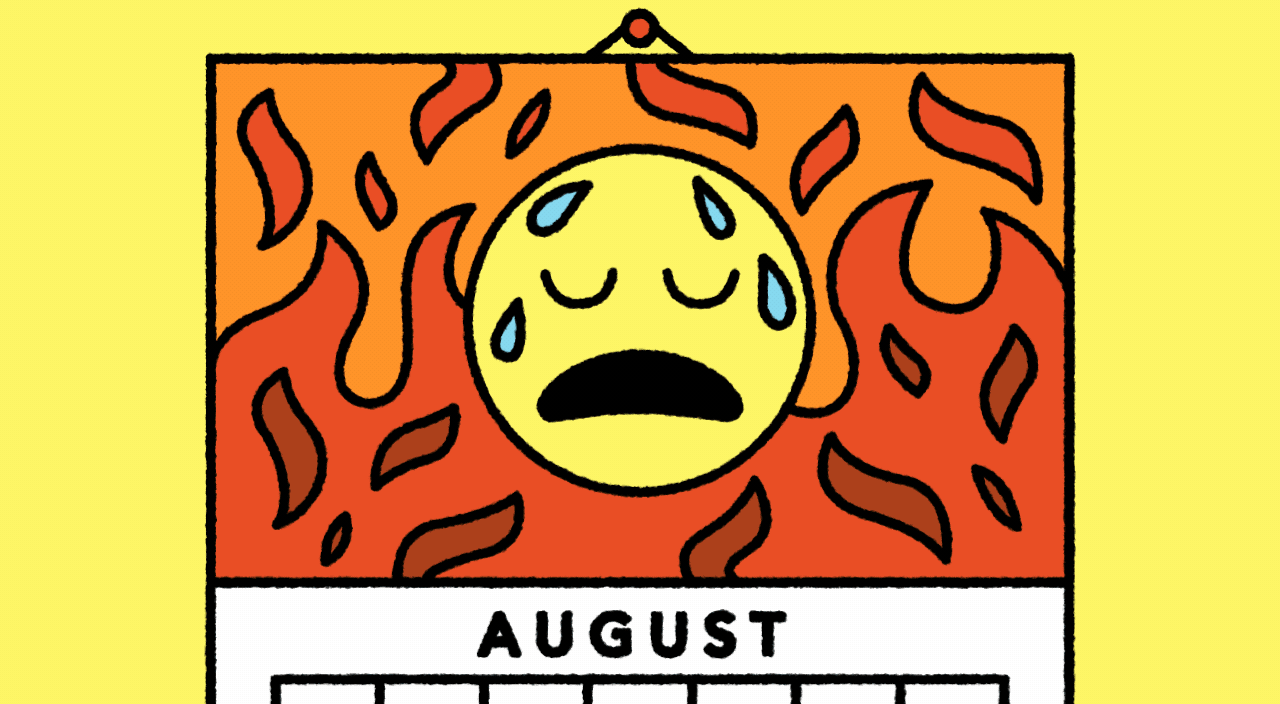Seasonal affective disorder is so common a phenomenon that it has its own acronym (SAD) and needs very little explanation — it refers to a time of the year when some folks find themselves feeling blue simply due to the seasonal change, primarily once the onset of autumn into winter hits.
When the condition strikes, its sufferers tend to feel somewhat depressed, moody and lacking in energy, among other symptoms. But a lesser-known disorder exists (still called SAD) that is prompted by the change from spring into early summer. Sometimes called reverse SAD, or summer SAD, it causes the afflicted not only to bear the painful symptoms of regular winter SAD but also to have to fight the stigma associated with the common sentiment “It’s the most beautiful time of the year — how could you be sad?"
For me, these feelings are as predictable as the turning of the pages of a calendar. Like clockwork. As soon as the temperature starts to rise and as soon as the days grow longer and as soon as that first slam of humidity rears its ugly head, I start feeling anxious and overwhelmed — my two primary symptoms of that time of year’s SAD. These feelings and others continue until approximately the start of the school year, when the nights are cooler, the days become shorter, and the leaves begin to fall.
According to Psychology Today, scientists believe Summer SAD might be due to an overabundance of sunlight or the throwing off of our natural circadian rhythms that goes hand in hand with schedules that are off kilter during the summer. Melatonin and serotonin play roles just as they do with the traditional form of SAD. Unfortunately, because of its reduced prevalence, less is known about Summer SAD than its winter counterpart.
Estimates seem to suggest that as little as 1 percent of the population suffers from reverse SAD.
Remember, this is more than just a preference for one season over another; it is a physiological occurrence marked by very real feelings. But for me, there are very specific aspects of each season that either appeal to me or that I abhor. In the spring I dread the responsibilities that come with new beginnings and longer days, and I feel pressure to be accomplished and productive.
In the winter I prefer the sense of cocooning, the more laid-back, lack-of-routine situation that is a time of rest (love my naps) and recuperation, much like hibernation. I prefer the cozy winter holidays, such as Christmas, and dread those of the spring and summer.
Ever since I was little, the heat and humidity have bothered me, but I never (nope, never) complain when frigid temperatures and snow appear. I prefer cloudy, overcast, dreary days to sunny, cloudless ones. The sights, sounds, smells and even tastes of spring and summer are triggers for me. As a teacher, I prefer the school-year routine over the lack of structure in the summer. I even favor the beach in the fall and winter, instead of in the summer!
How do I cope with these few painful months? Much in the same way as those who suffer from typical SAD do. I do my very best to combat anxiety and depression on my own through a variety of tried-and-true methods, including, among them, getting enough sleep and meditating. I’ve been known to enroll in therapy and sometimes have availed myself of medication.
I have felt this way as long as I can remember and was so relieved when I found out that others feel the same way. I’ve come to be OK with knowing that while others have spring fever, I dread that time of the year, and while those same people are battling the winter blues, I’m celebrating. And I think the fact that I am an introvert is a factor in all of this. Much reading and increased knowledge have made me feel more comfortable with my diagnosis, yet those darned weather forecasters don’t help any. Why do they insist on categorizing the weather into beautiful days and not-so-beautiful ones based on majority rule? Give me that cloudy, overcast, so-called gloomy day in the 50s any day — now that's a beautiful day!

Eden Weingart







